As someone who’s battled combination skin for years, I know firsthand how frustrating it can be to find products that work. One minute your forehead is an oil slick, the next your cheeks are flaking off. It’s like your face can’t make up its mind!
But fear not, fellow combination skin sufferers. After countless trials (and more than a few errors), I’ve cracked the code on managing this fickle skin type. Here’s the best products and techniques to achieve that elusive balanced complexion.
Understanding Combination Skin
Combination skin is characterized by an oily T-zone (forehead, nose, and chin) paired with drier cheeks. This skin type is particularly common in men due to higher testosterone levels, which can ramp up oil production.
The challenge is finding products that hydrate dry areas without clogging pores or overloading the oily zones. It’s a delicate balancing act, but entirely possible with the right approach.
The Foundation: Cleansers
A good cleanser is non-negotiable. For combination skin, aim for something that removes excess oil without stripping your skin.
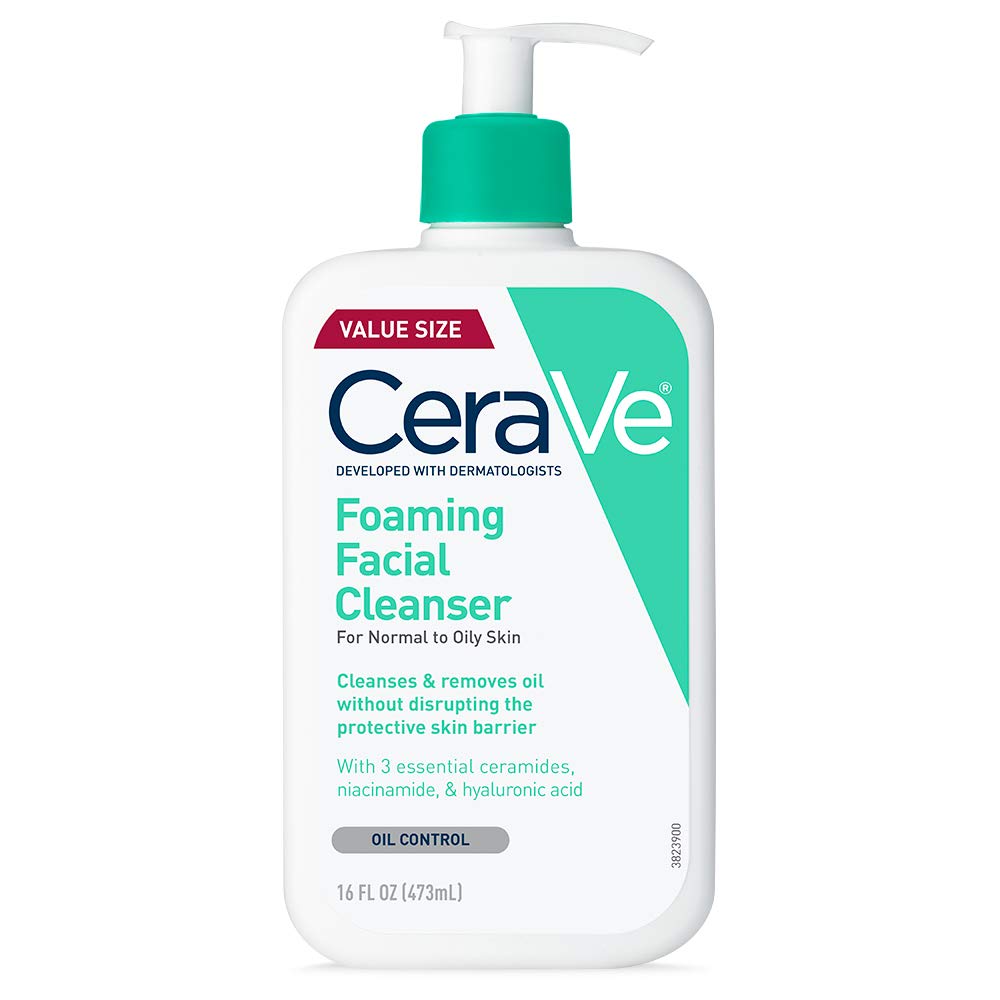
One of my go-to’s is the CeraVe Foaming Facial Cleanser, which includes ceramides and hyaluronic acid. It’s gentle, effective, and perfect for daily use.
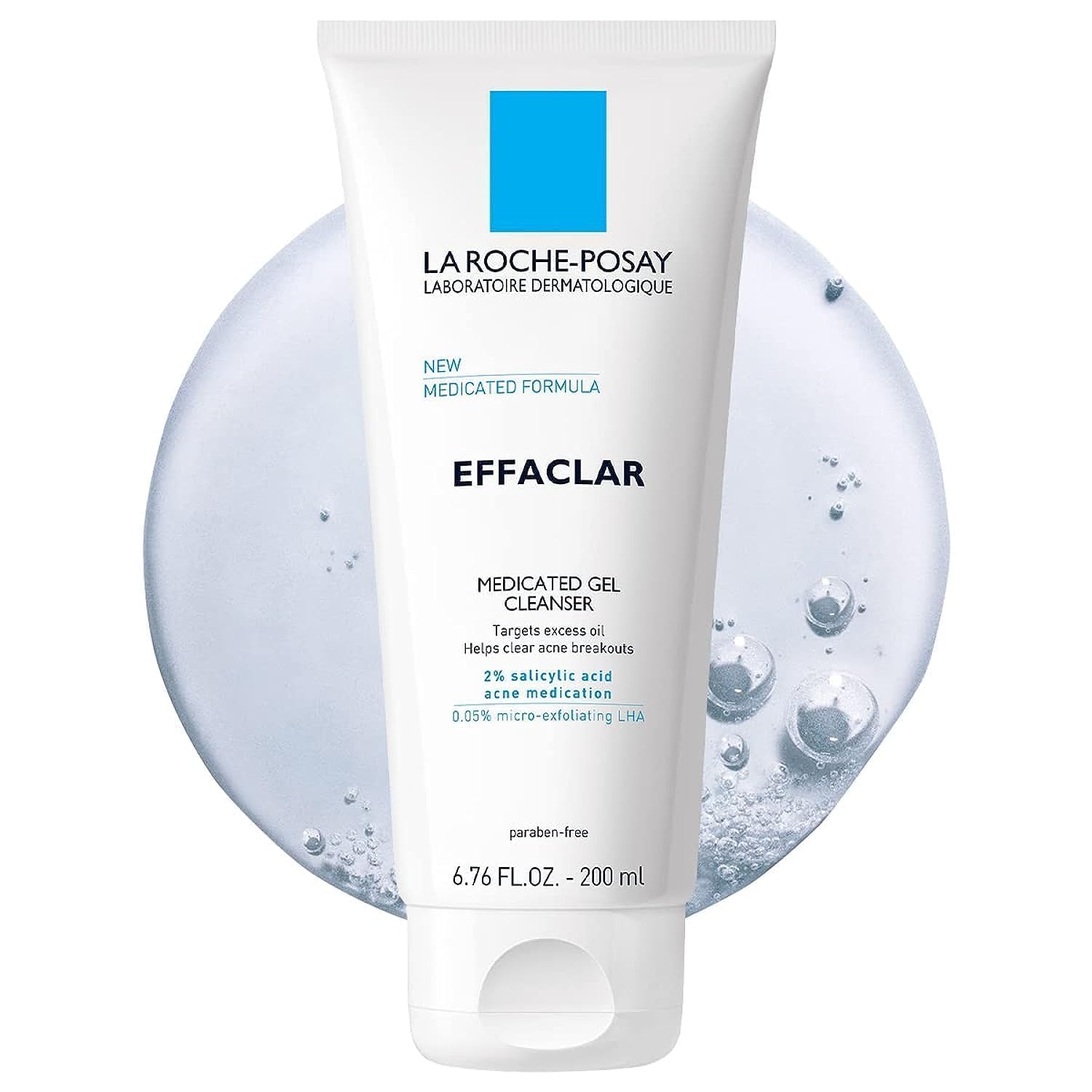
Another great choice is the La Roche-Posay Effaclar Medicated Gel Cleanser, which uses salicylic acid to keep pores clear and oily areas under control.
Use lukewarm water and gently massage your cleanser in for about 60 seconds—paying extra attention to your T-zone.
Toning for Balance
A toner helps bring your skin’s pH back into balance post-cleanse. For combination skin, it’s smart to go with something alcohol-free and gentle.
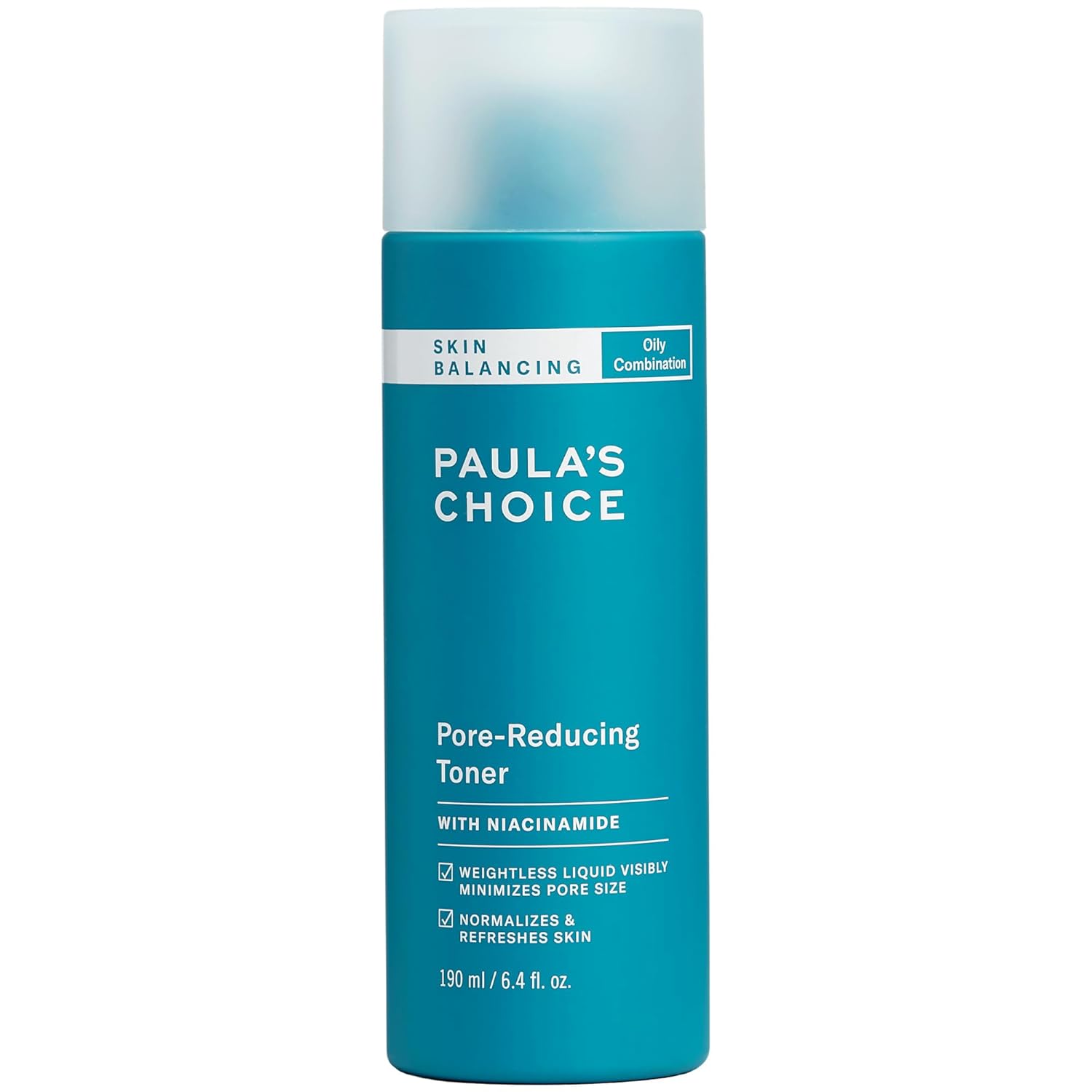
Paula’s Choice Pore-Reducing Toner with niacinamide and antioxidants is a great pick for refining pores and calming inflammation.
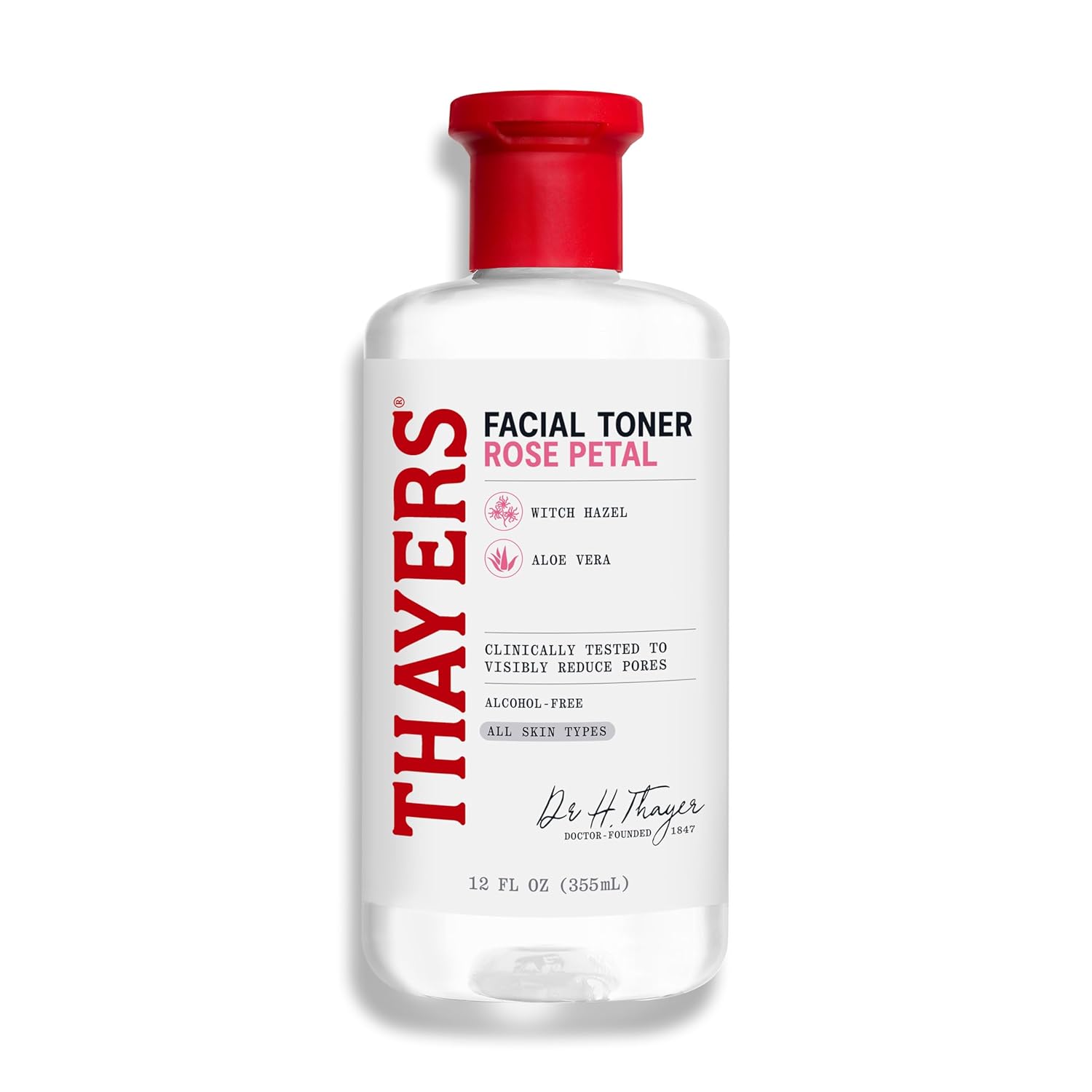
Prefer something natural? Thayers Alcohol-Free Witch Hazel Toner with aloe vera is soothing and effective without being harsh.
Swipe toner over your face using a cotton pad, focusing on your T-zone. Don’t forget your neck.
Serums: Targeted Treatment
Serums allow you to target oil and dryness at the same time.
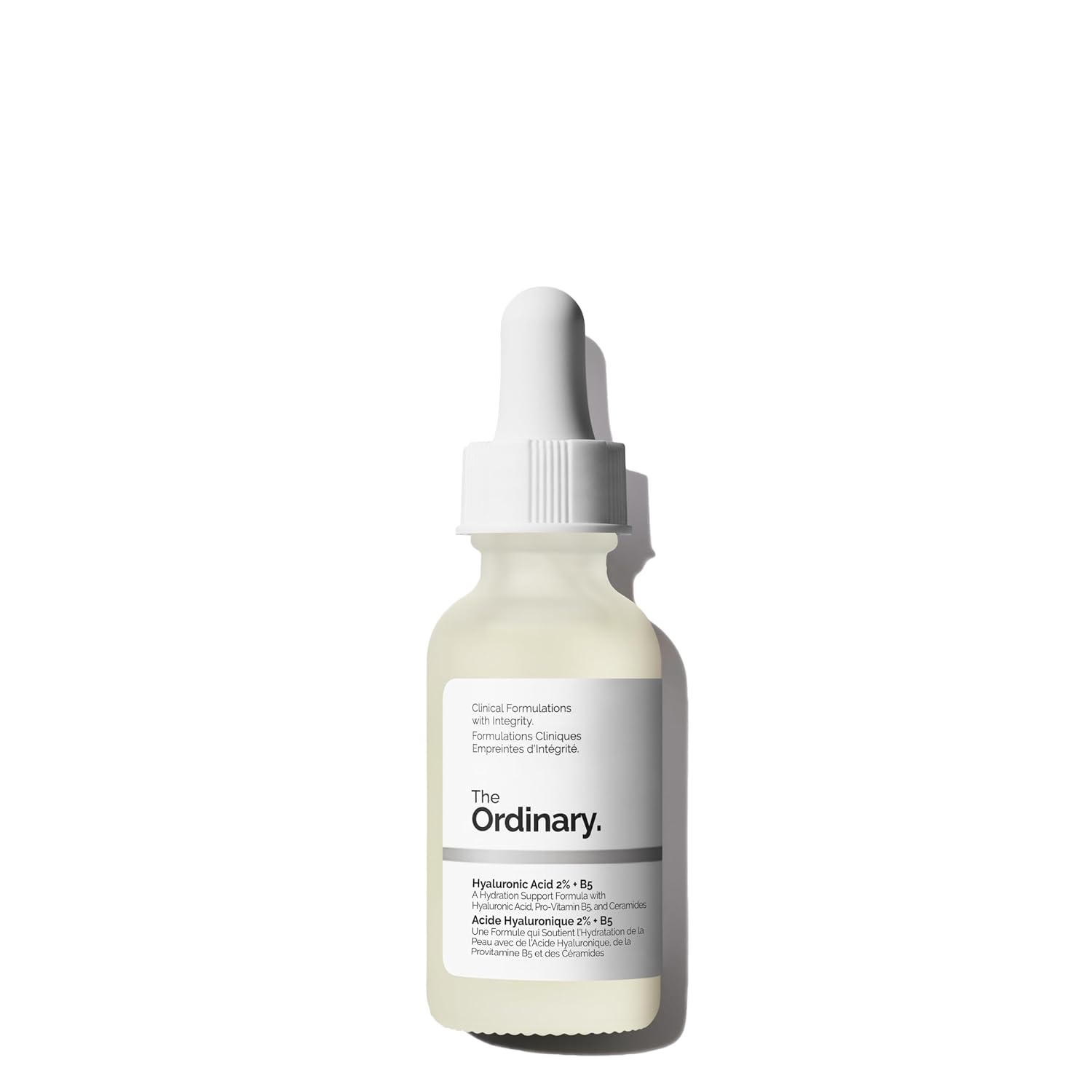
For oily zones, The Ordinary Niacinamide 10% + Zinc 1% helps reduce oil production and minimize pores.
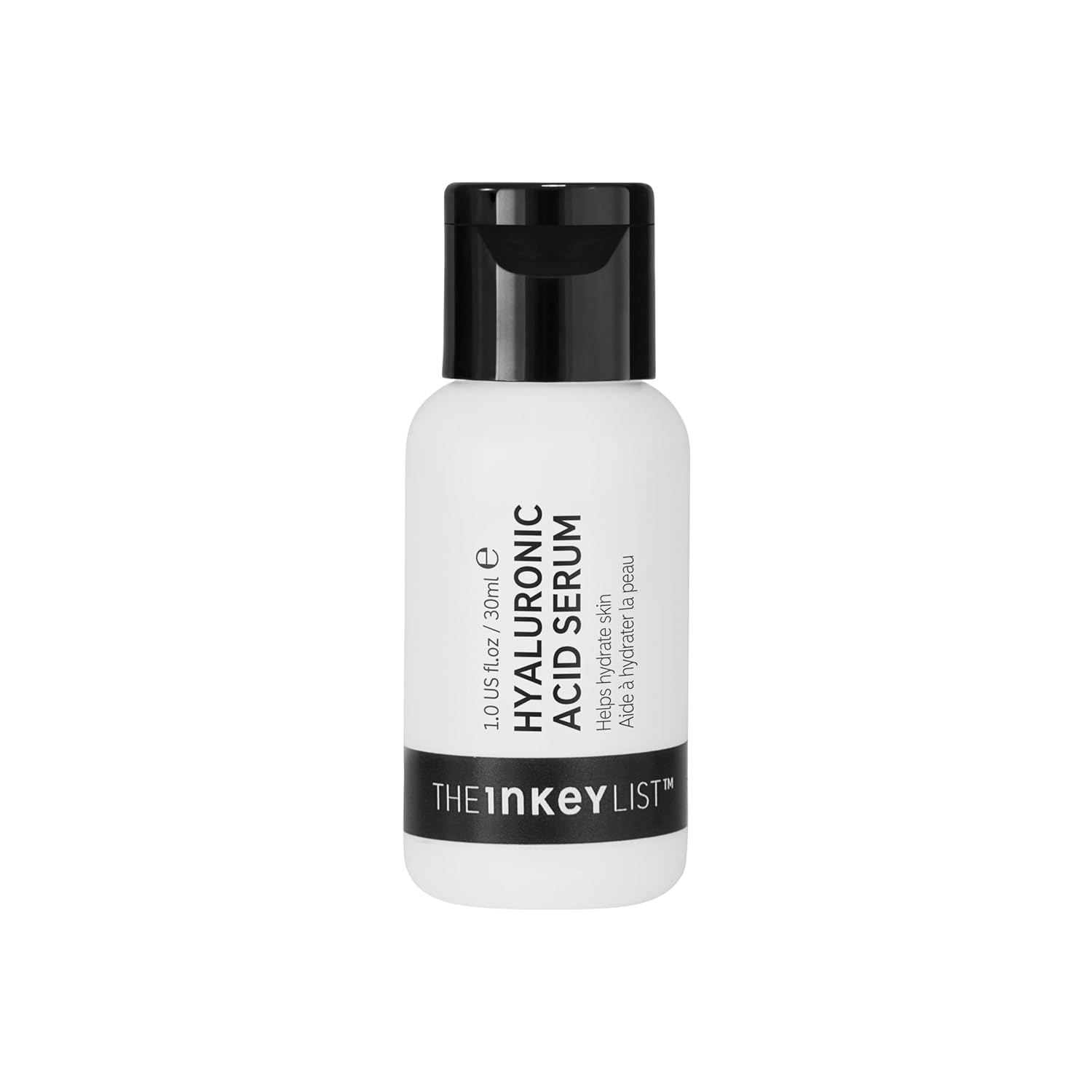
For drier areas, try The Inkey List Hyaluronic Acid Serum, which delivers lightweight hydration.
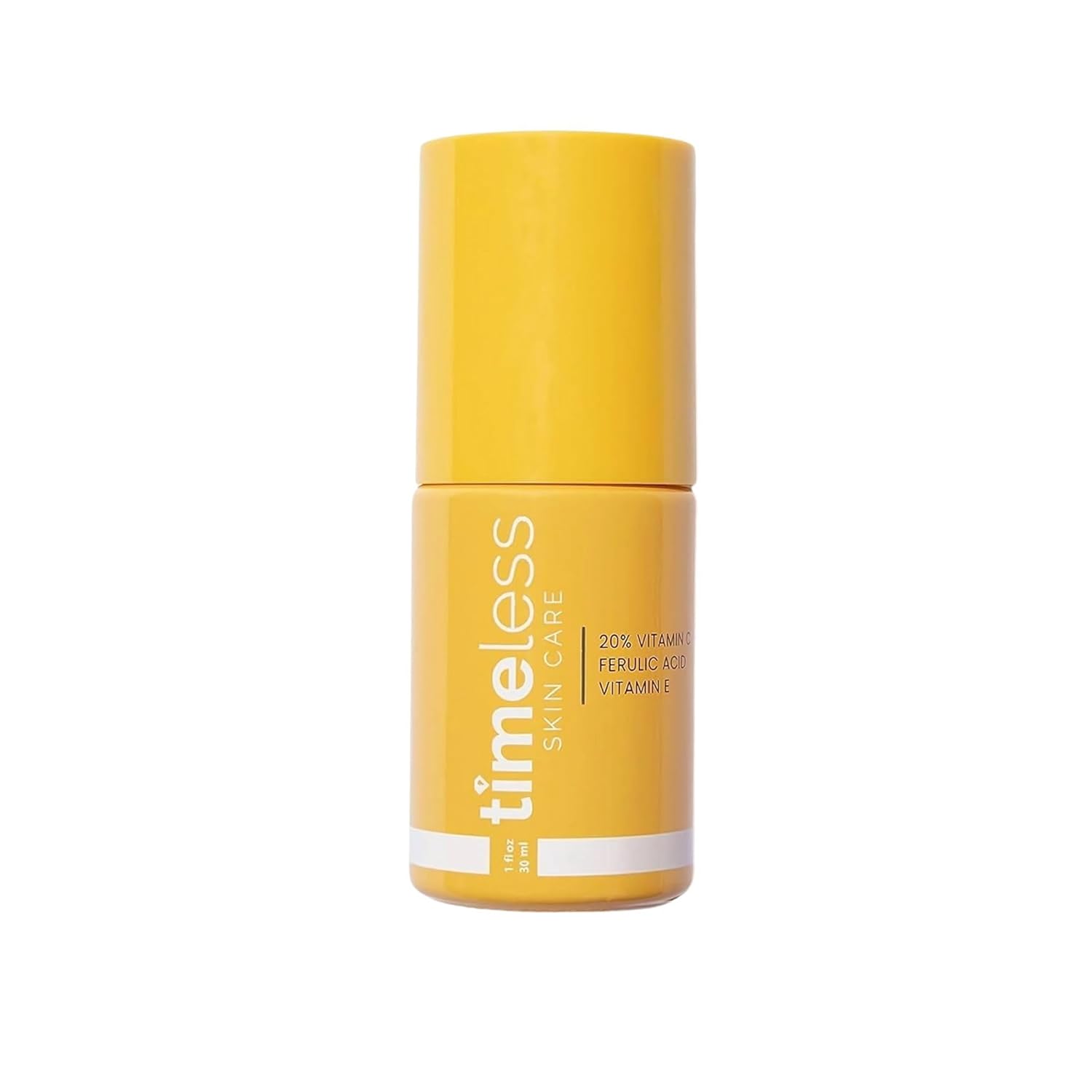
If you’re concerned with uneven tone, Timeless Vitamin C + E Ferulic Acid Serum is another great add-on.
Apply your serums after toner, before moisturizer. Pat gently into the skin and let it absorb before layering the next product.
Moisturizing: The Balancing Act
A great moisturizer should hydrate dry spots while keeping oil under control.
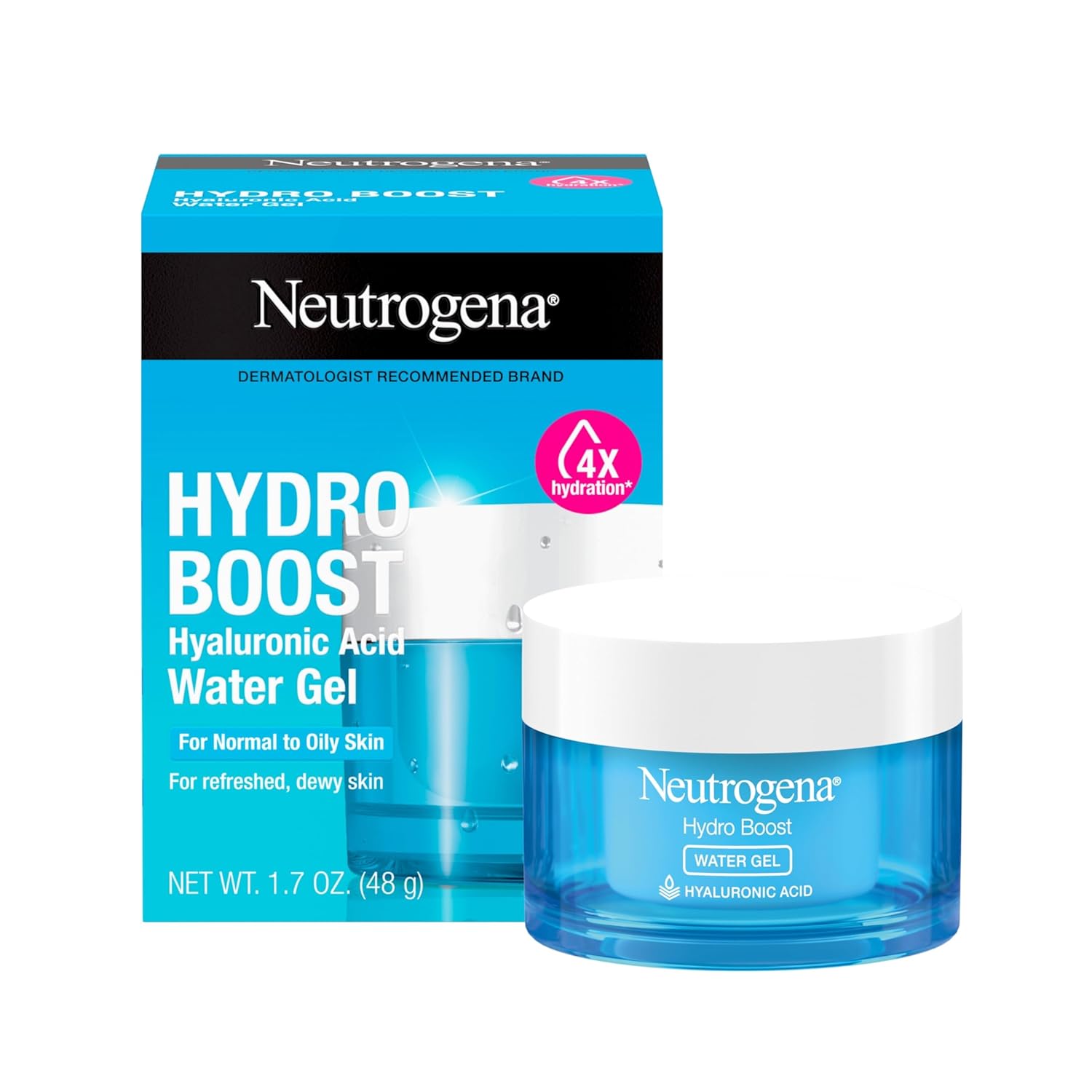
The Neutrogena Hydro Boost Water Gel is my top pick. It’s oil-free, packed with hyaluronic acid, and feels refreshing without being heavy.
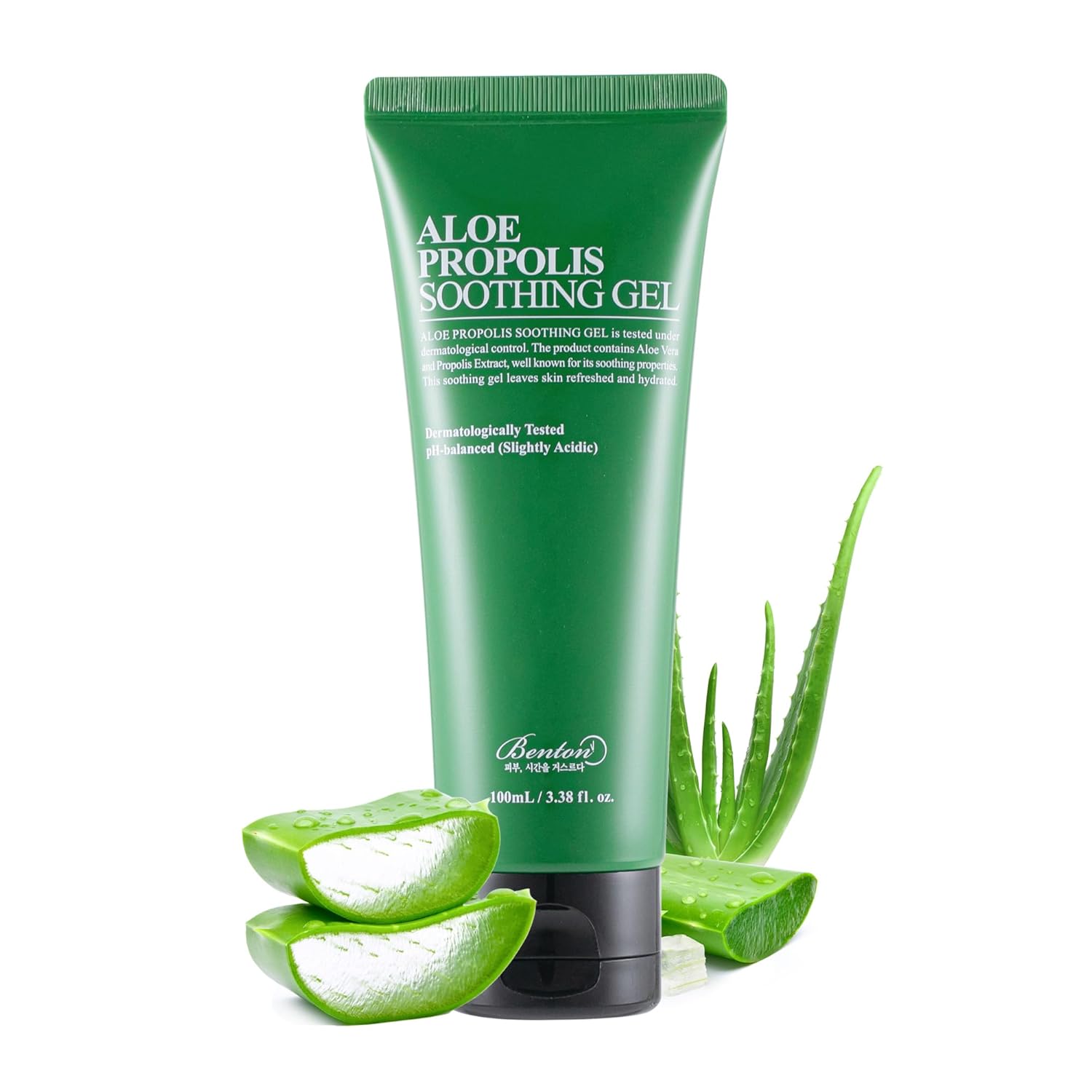
If you like something more natural, check out Benton Aloe Propolis Soothing Gel, which uses aloe and propolis for hydration and antibacterial benefits.
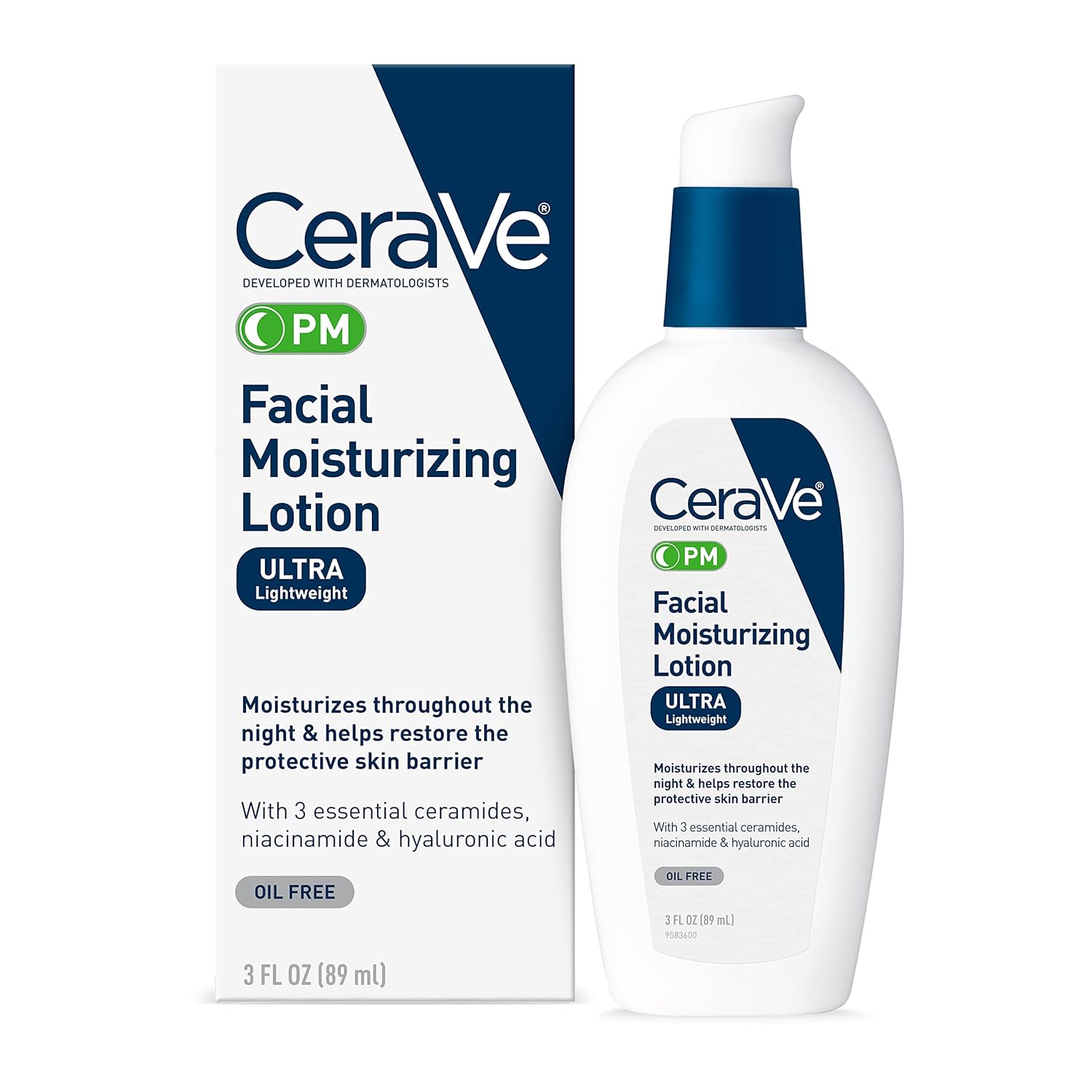
Need more nourishment on the cheeks? Use CeraVe PM Facial Moisturizing Lotion on dry spots—it’s gentle, ceramide-rich, and lightweight enough for night use.
Sun Protection: Non-Negotiable
No skincare routine is complete without sunscreen.

For shine control, La Roche-Posay Anthelios Clear Skin SPF 60 gives a matte finish and absorbs oil throughout the day.

Another excellent daily SPF is EltaMD UV Clear Facial Sunscreen SPF 46. It’s fragrance-free, contains niacinamide, and works especially well under makeup or moisturizer.
Apply a nickel-sized amount to face and neck in the morning—every day.
Weekly Treatments: Exfoliation and Masks
Exfoliating helps balance combination skin and improve texture.
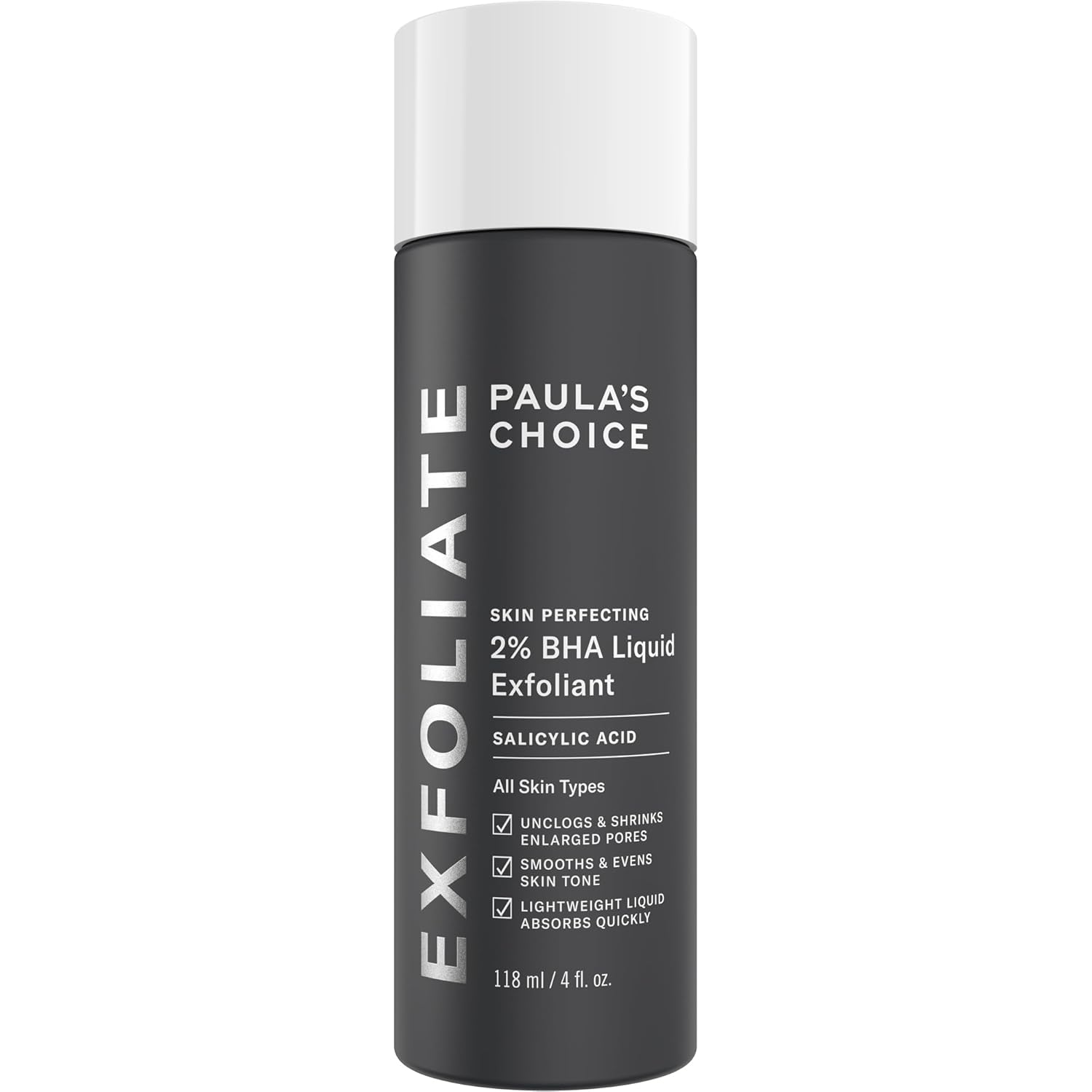
Paula’s Choice 2% BHA Liquid Exfoliant is a salicylic acid-based exfoliator that clears pores and reduces oil without over-drying.
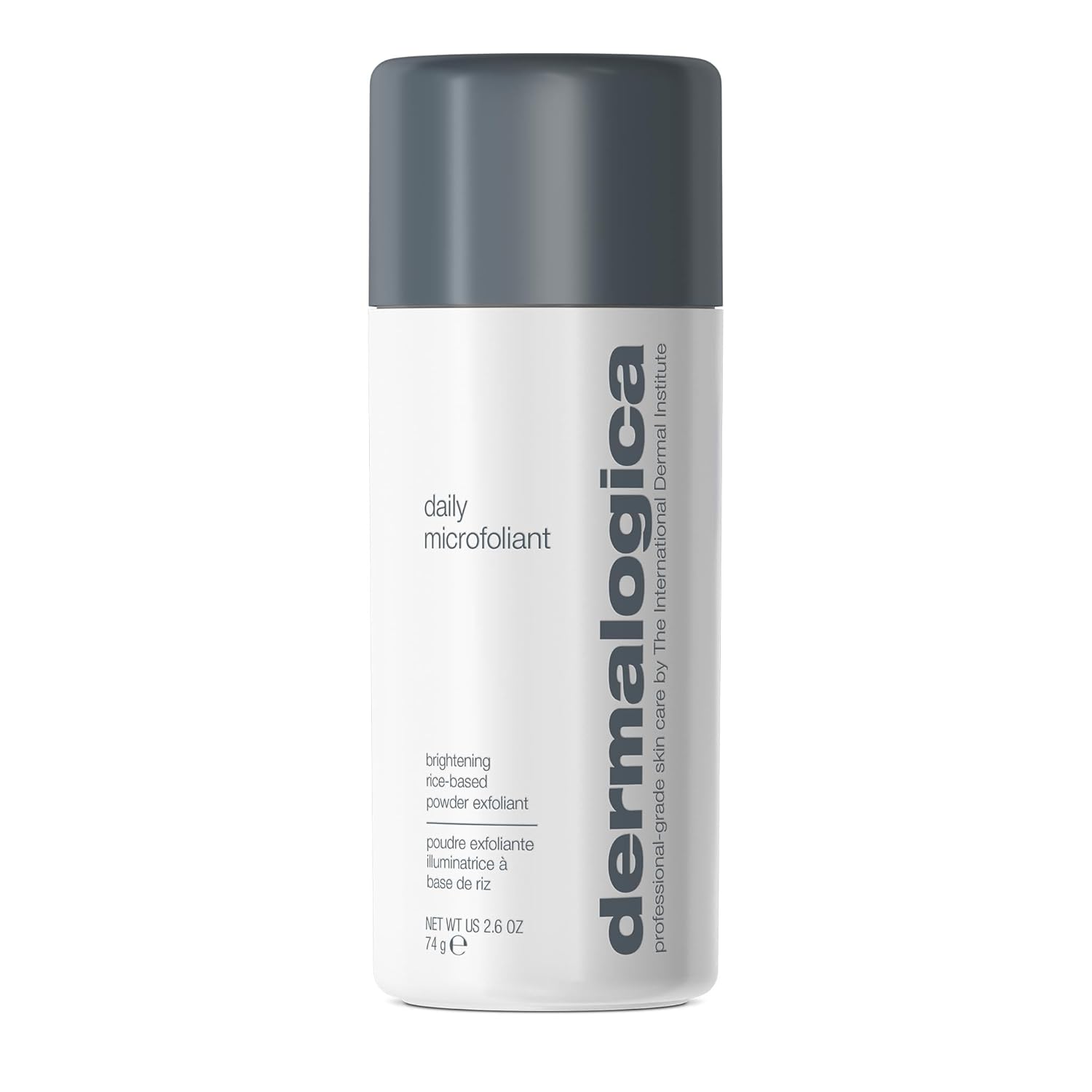
For a more physical option, Dermalogica Daily Microfoliant is gentle yet effective, great for use 2–3 times a week.
Want to level-up? Use Origins Clear Improvement Charcoal Mask on oily zones and Peter Thomas Roth Cucumber Gel Mask on dry areas.
Advanced Treatments
Once you’ve got your core products in place, consider:
- The Ordinary Granactive Retinoid 2% Emulsion for anti-aging and oil control
- Paula’s Choice CLEAR Benzoyl Peroxide Treatment for stubborn acne
- Drunk Elephant T.L.C. Framboos Glycolic Night Serum for texture and tone (a bit of a splurge, but highly effective)
Introduce slowly and always pair with moisturizer.
Lifestyle Factors
Skincare products matter—but lifestyle does too.
- Stay hydrated: Aim for 8+ glasses of water daily
- Eat well: Prioritize antioxidants, omega-3s, and vitamin-rich foods
- Manage stress: Stress increases oil production—practice meditation or exercise
- Sleep: Get 7–9 hours of sleep to support skin repair
- Don’t touch your face: This transfers oil and bacteria
- Change pillowcases and towels often
Common Pitfalls to Avoid
- Over-cleansing: It dries skin and triggers more oil
- Skipping moisturizer: Yes, even oily zones need hydration
- Using the same routine year-round: Your skin needs different care in summer vs. winter
- Overdoing actives: Introduce new ingredients slowly
- Skipping SPF: This will undo everything good you’re doing
Adapting Your Routine
Combination skin changes—so should your products. Test things one at a time. Track what works. If your skin changes with the seasons, swap products in and out accordingly.
Building a Routine
Morning:
- Gentle cleanser
- Balancing toner
- Niacinamide and/or hyaluronic acid serum
- Oil-free moisturizer
- Sunscreen SPF 30+
Evening:
- Double cleanse (especially if you wear sunscreen)
- Toner
- Treatment serum (retinoid or exfoliant, as tolerated)
- Moisturizer
- Spot treatment as needed
Weekly:
- Exfoliate 1–2x
- Use targeted masks (clay for T-zone, hydration for cheeks)
Frequently Asked Questions
What causes combination skin?
Genetics, hormones, and environment. Oil glands in your T-zone tend to be more active.
How often should I wash my face?
Twice a day is best. Over-washing can cause rebound oil production.
Can diet help?
Yes—cut processed foods and add antioxidant-rich fruits, veggies, and healthy fats.
Can I use different products on different parts of my face?
Absolutely. It’s smart to treat oily and dry areas differently.
Is retinol okay for combination skin?
Yes, just start slow and moisturize well.
Key Takeaways
- Balance is the goal—don’t overtreat oil or ignore dry areas
- Use ingredients like niacinamide, salicylic acid, and hyaluronic acid
- Adjust your routine with the seasons and as your skin changes
- Sunscreen is non-negotiable
- Be consistent and patient—results come with time
Final Thoughts
Managing combination skin doesn’t have to feel like a constant battle. With the right mix of gentle cleansing, strategic oil control, and lightweight hydration, you can finally get that clear, balanced look without the shine or the flakes.
If you’re starting from scratch, just begin with the basics: cleanser, serum, moisturizer, and SPF. These alone can take your skin from inconsistent to consistently clear in just a few weeks.
Try one or two of the products above, pair them with a consistent routine, and give it 4–6 weeks. You’ll be surprised by how much more confident you feel when your skin isn’t working against you.
